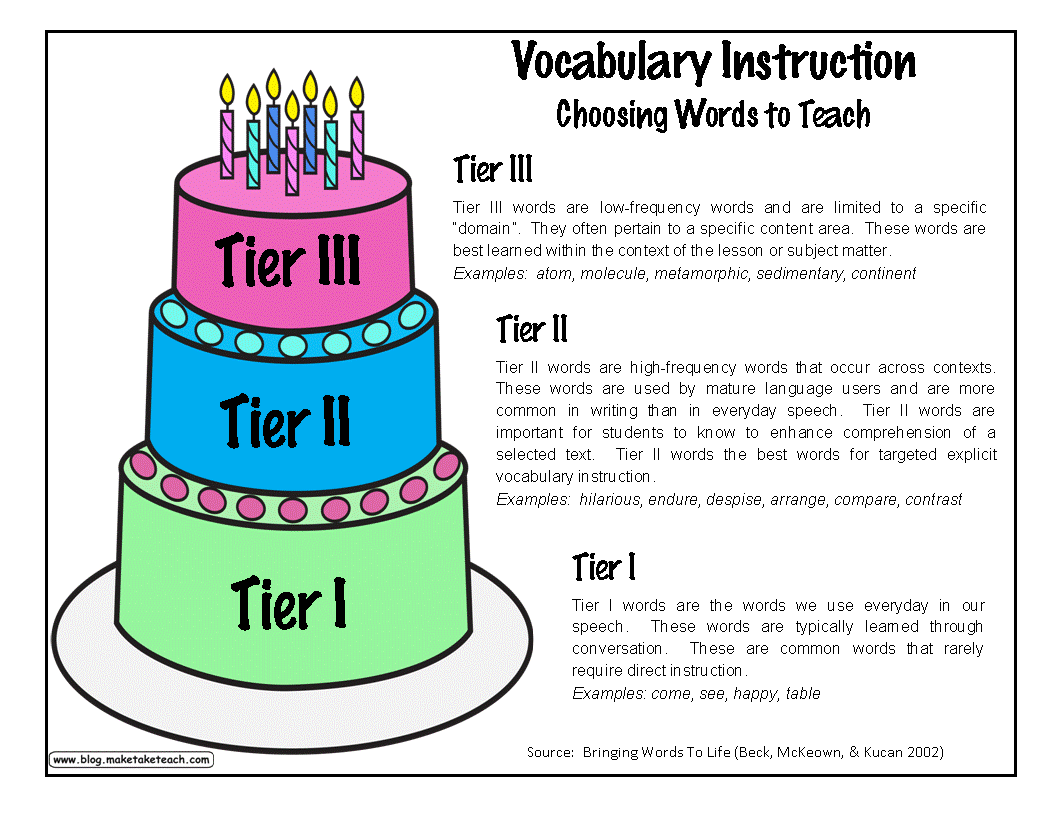Remington Landis

Vocabulary Development
When emergent bilinguals develop a sense of their new language, there can be certain aspects that may be more difficult than others. One the very important aspects of developing a new language is vocabulary development. The reason vocabulary development is so important is because the more words an individual knows, the more words they be able to read, write and use in oral language. In the book, Foundations for Teaching English Language Learners, Wayne E. Wright states, “ELLs need about 2,000 words to engage in conversations, about 5,000 words to read authentic texts and over 10,000 words to comprehend complex academic texts (Wright, 2015, p.160). Because so many different vocabulary words are necessary for development and comprehension, it puts a lot of pressure on teachers to teach these words. Although, teaching these vocabulary words does not have to be a difficult or grueling task. Some vocabulary words can be taught directly while others will acquire naturally within the meaning contexts of oral interaction. Vocabulary can be developed not only in written text, but also orally. As you can probably guess there are different ways to teach vocabulary orally then when its written in text.
In the article, The Magic of Words, Susan B. Neuman and Tayna S. Wright, discusses five principles of effective oral vocabulary instruction (Neuman, Wright, 2014, p.8-10). The article discusses the overall consensus on the characteristics of effective vocabulary instruction. Although these principles are not instructions you should follow word for word, they are great things to keep in mind while teaching oral vocabulary development. The principles are as follows:
-
Principle 1: Children Need Both Explicit and Implicit Instruction
-
Principle 2: Be Intentional in Word Selection
-
Principle 3: Build Word Meaning through Knowledge Networks
-
Principle 4: Children Need Repeated Exposure to Gain Vocabulary
-
Principle 5: Ongoing Professional Development Is Essential
If you would like to read more about these principles, click on the box above to take you to a PDF version of the article.
Within vocabulary development, there are three types of vocabulary words. They are: tier one, tier two and tier three words. Beck, McKeown and Kucan’s define these words as: tier one being basic words, tier two being high utility words that cut across academic content areas (also known as all-purpose academic words) and tier three being content or domain specific words (Wright, 2015, p.160). Although these words are all pertinent and useful in the academic setting, some words may be used more than others. In the article, Choosing Words to Teach, Isabel Beck, Margaret McKeown and Linda Kucan, give many examples of what these words may look like (Beck, McKeown, Kucan, 2005). Below is a chart taken from the article that is a nice visual representation of examples of words in each tier.
Below is another illustration that produces a nice visual display of tier one, two and three words, that also gives more information about each type


References:
Beck, I. L., McKeown, M. G., & Kucan, L. (2005). Choosing Words to Teach. Teaching and learning vocabulary: Bringing research to practice, 209.
Neuman, S. B., & Wright, T. S. (2014). The Magic of Words. American Educator, 11.
Wright, W. E. (2015). Foundations for teaching English language learners: research, theory, policy, and practice (Second ed.). Philadelphia: Caslon Publishing.
Images Retrieved From: